Using Personalization to Activate Learners
It seems logical to draw a connection between learning and performance. The question becomes, what is the extent of the relationship between those two variables. During this year’s Rival, formerly SilkRoad Technology Connections Conference, David Wentworth, principal analyst in learning and development at Brandon Hall Group, shared that 62 percent of high performing organizations use personalized learning.
Wentworth goes on to note that the relationship between variables is correlation, not causation. So, we can’t statistically say that personalized learning builds high performing cultures. But correlation is important. It helps us to understand that there is a connection, so we can make business decisions. Like what should the company’s learning strategy look like.
Personalized learning is the concept that learning and development will be employee-centered. It considers how employees like to learn and what they are interested in. Personalized learning aligns with the 70:20:10 framework, which says that 70 percent of learning is experiential and happens on-the-job; 20 percent is informal and happens in an unscheduled, impromptu way; and 10 percent is formal.
The 70:20:10 framework isn’t about how to design learning. There are models like ADDIE and SAM when it comes to actual instructional design. The 70:20:10 framework is a way to think about learning strategy. Organizations want a learning strategy that designs and delivers relevant content, makes learning interactive and accessible, and properly measures and analyzes results.
Organizations that are looking to develop a personalized learning strategy have lots of learning methods to choose from. Here are ten to initially consider:
- Assessments – Many organizations are looking at 360 degree (also known as multi-rater) reviews as a way for employees to build self-awareness and strengthen their emotional intelligence. Employees receive feedback from their boss, peers, and in some cases, customers.
- Classroom – Formal, classroom training has been and will be the number one learning method, according to Wentworth. Formal learning builds a foundation on which organizations can add other learning methods (like assessments).
- Coaching and mentoring – Developing managers and leaders through one-on-one sessions can be an effective way to build a succession or replacement plan. It can also help the organization’s knowledge management efforts.
- eLearning – A huge advantage for eLearning is its scalability. Programs can be implemented throughout the organization at a very reasonable cost. Not every topic lends itself to an eLearning format. However, many organizations are finding that compliance programs (i.e. ethics, anti-harassment) work well.
- Mobile – This method isn’t as much about the device as it is about portability. Mobile means the learning can be done just-in-time and just-for-me (i.e. personalized for the learner). Mobile learning can be used during onboarding as well as in sales product training.
- Simulations – This includes activities like role plays and gamification. Giving learners the opportunity to practice their skills in a safe environment is a key element in content retention. And there’s nothing wrong with using fun and games to illustrate the point.
- Social – There’s some controversy about the definition of social learning. Is it learning on social media? Or learning in a social environment – as in, with other people? Regardless of the definition, learners are able to gain valuable insights while interacting with others on social media platforms.
- Stretch assignments – Employees can contribute to the business and learn at the same time using stretch assignments. Typical activities include working on a special project implementation, participating in a task force, or temporarily taking on a new role.
- Video – As much as we would like employees to retain every ounce of information presented, it doesn’t happen. Providing refresher training – often in a video format – can be a strong reminder. This method works well for annual events (such as performance reviews) or interviews.
- Virtual classroom – We discussed formal classroom training earlier. Virtual classrooms are completely different because the facilitator role isn’t the same. Learners have to contribute at a high level. This method works well with remote learners.
Even if one doesn’t cause the other, there’s a positive correlation between learning and performance. Which means organizations want to have an environment that allows employees learn the way they want.



















